The Great Depression & WW II
Women in the Military
Women had a greater role in World War II than in any previous American war time experience.
They served in uniform in every branch of service. The Women’s Army Auxiliary Corps (WAAC), which became the WACs, was established in May 1942, as part of the U.S. Army. They served in clerical positions, as mechanics, drivers, and in other non-combat situations. There were 99,000 WACs when the war ended.
The Women Accepted for Volunteer Emergency Service (WAVES) did similar jobs in the U.S. Navy. They performed shore duty, primarily in administrative tasks. The WAVES reached a peak strength of 90,000 women.
Two groups of women worked in or with the Air Force: Women’s Airforce Service Pilots (WASP) and the Women’s Auxiliary Ferrying Squadron (WAFS). These female pilots flew planes from the plants where they were built to airbases. They also transported supplies, taught men how to fly, and performed other jobs.
Nashville native Cornelia Fort was a member of the WAFS. She was a young woman from a wealthy family. After college, she chose an unusual profession for a woman of her time: airplane pilot and instructor.
She was living in Hawaii at the start of the war. When the Japanese bombed Pearl Harbor, Fort was in the air giving a student a flying lesson. Japanese fighter pilots tried to shoot down her plane, but she escaped.
When the federal government asked female pilots to serve their country, Fort volunteered. Fort died in 1943 in an airplane accident caused by another pilot hitting her plane. She was the first American woman to die in service during World War II.
The Women’s Reserve of the U.S. Marine Corps was not established until 1943, but they had more than 18,000 at the war’s end. The women’s part of the Coast Guard Reserve peaked at 11,000 in late 1944.
Women also worked in the traditional female role of nursing. They worked in hospitals in the states, on hospital ships, in forward aid stations, and in rehabilitation centers around the world.
Picture Credits:
- A group of women pilots prepare to fly airplanes from a factory to a designated air base for the Army Air Transport Command. Tennessee State Museum Collection
- Tennessean Doris Tanner receives her wings (her license to pilot an airplane) for the Women's Air Service. Tennessee State Museum Collection
- A Women's Army Corps worker repairs a rifle at Camp Campbell in Tennessee in 1944. Women learned to do various types of mechanical work in the Army, including repairing vehicles. National Archives
- A Women's Airforce Service Pilot (WASP) prepares to take off from Harlingen Army Air Field in Texas during World War II. National Archives
- Nurses at the Southeast Army/Air Force Training Center are shown sewing on some project inside a tent. The photograph was taken in Lebanon, Tennessee, in 1942. Cumberland University, Stockton Archives, Volunteer Voices, Digital Library, University of Tennessee Knoxville
- American nurses with the 268th Station Hospital in Australia in 1943 happily read mail from home. African Americans served in segregated units, and this included medical care. National Archives
The Great Depression & WW II >> World War II >> Fighting the War >> Women in the Military
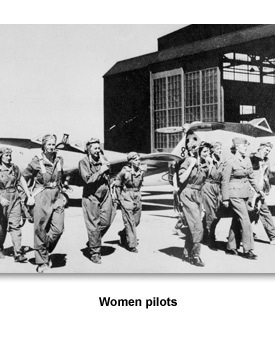
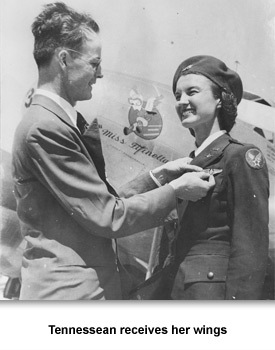
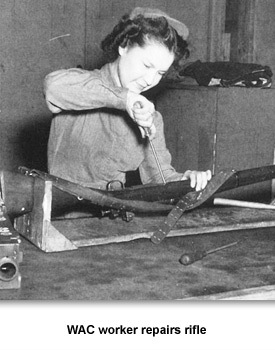
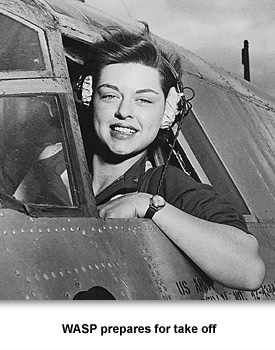
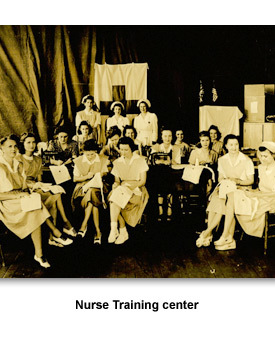
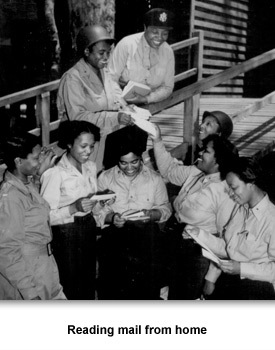
 Sponsored by: National Endowment for the Humanities
Sponsored by: National Endowment for the Humanities